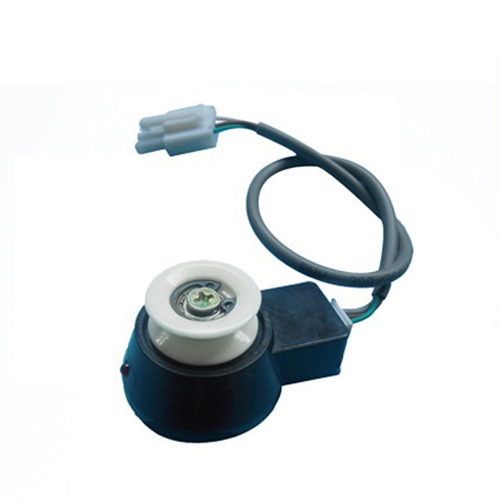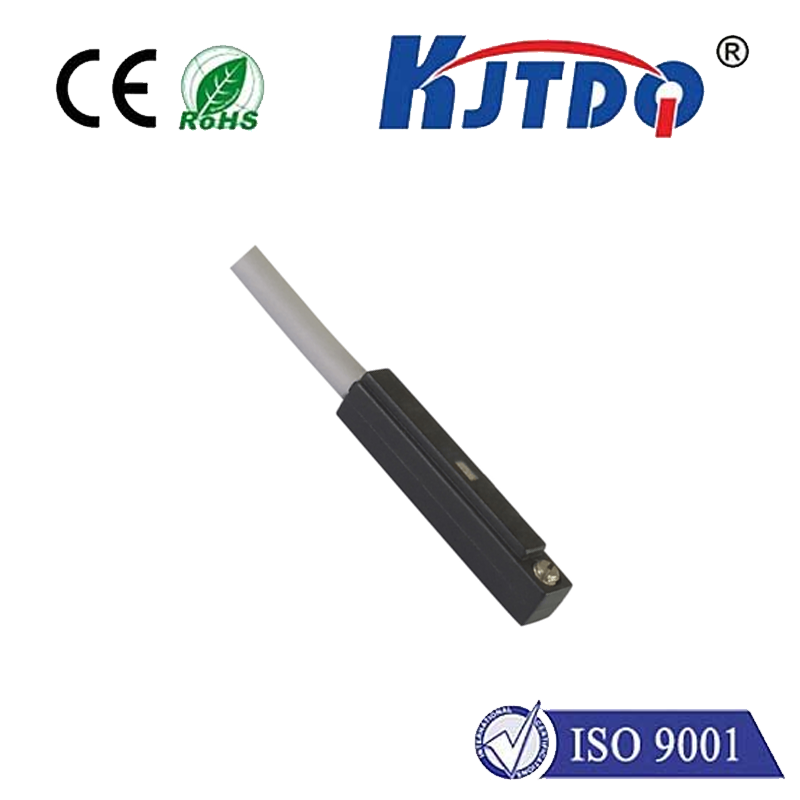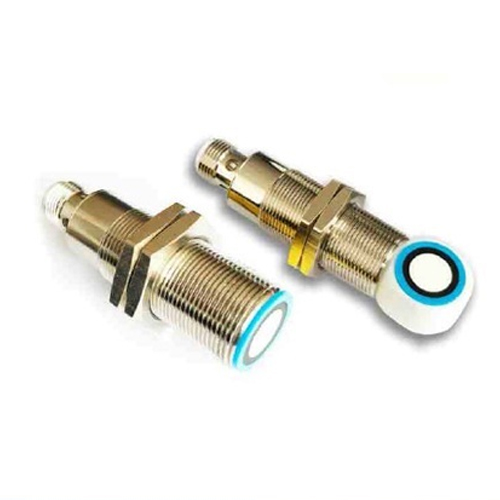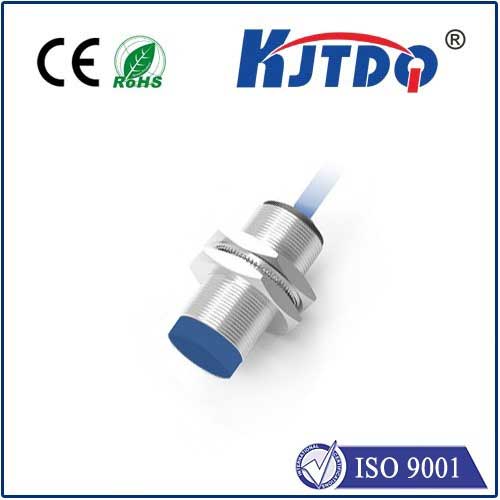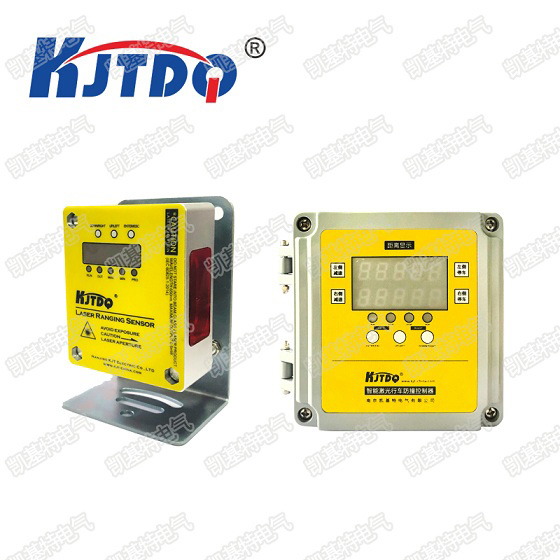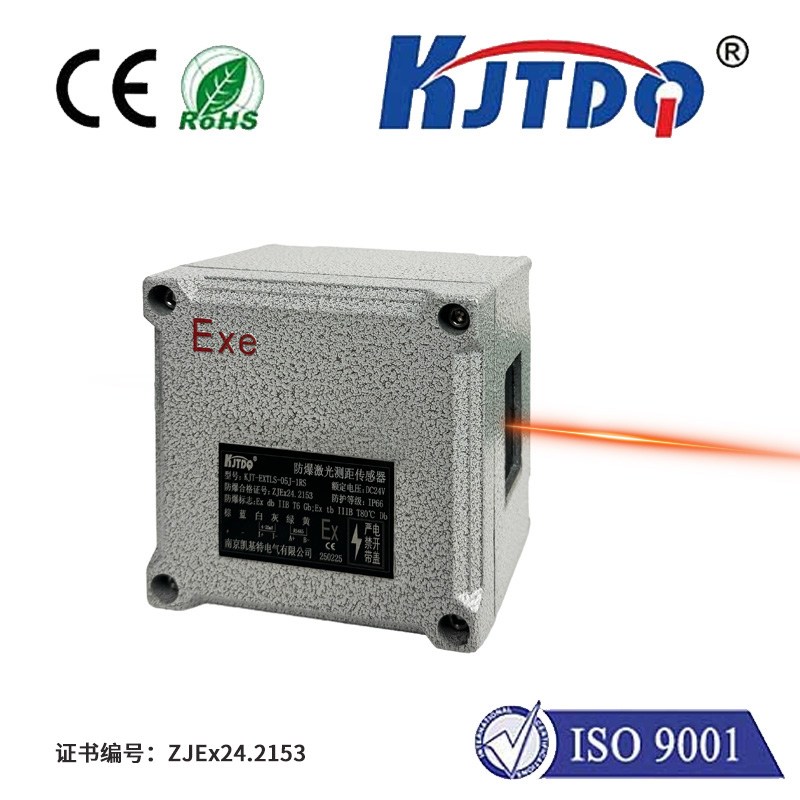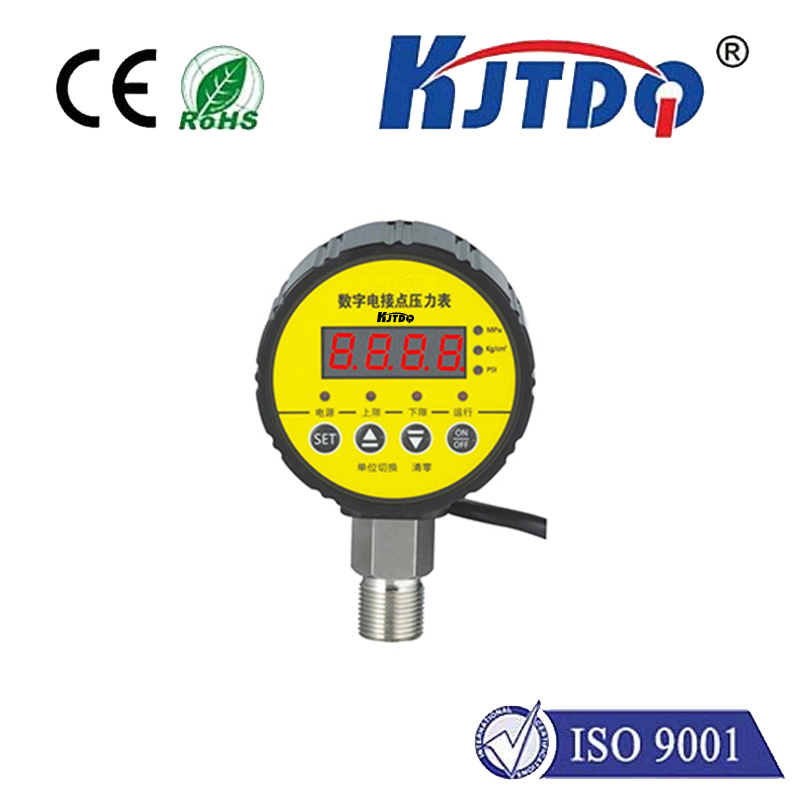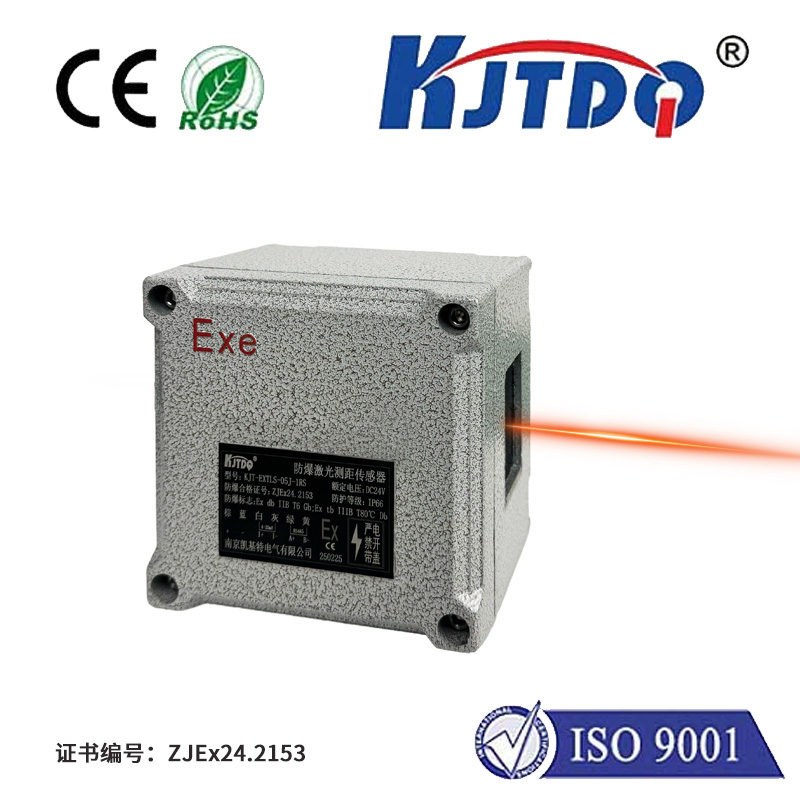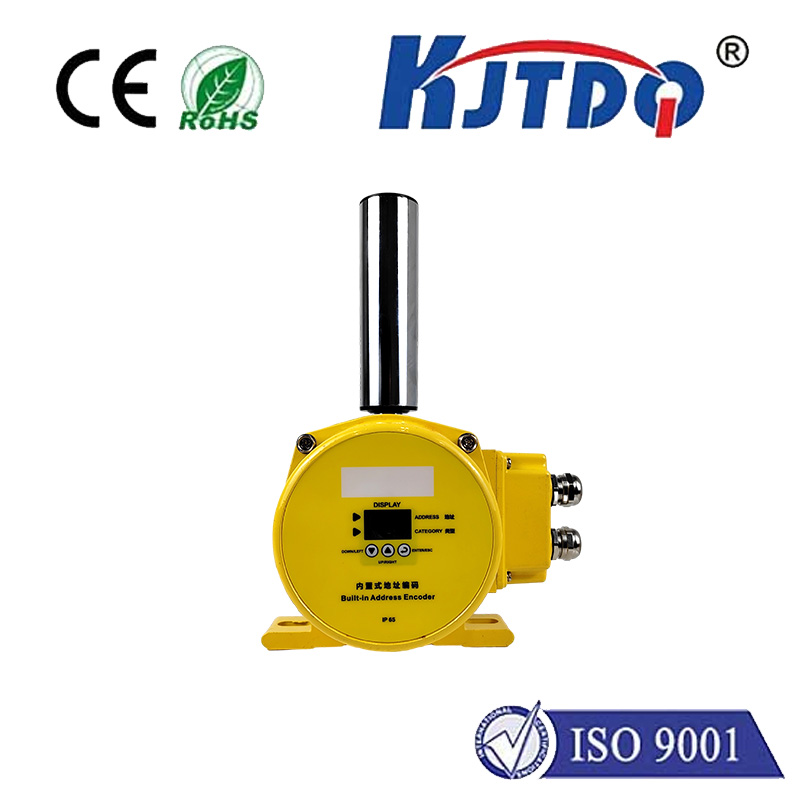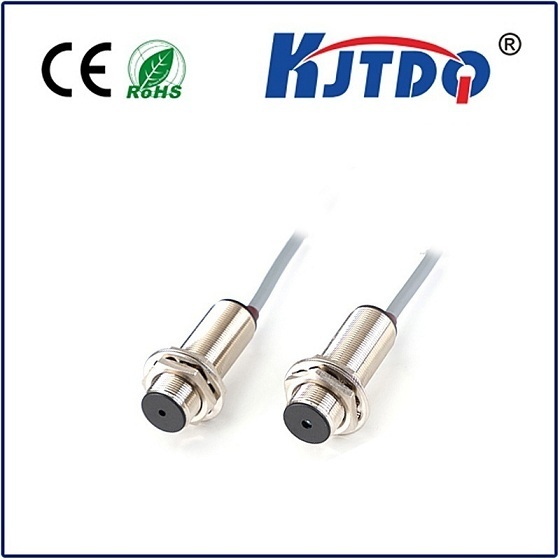

check

check

check

check
Imagine a world where machines operate flawlessly without manual intervention, detecting objects with pinpoint accuracy in milliseconds. This isn’t science fiction—it’s the reality powered by advanced proximity sensors like the BES0580. Designed for demanding industrial environments, this specific model has become a cornerstone in automation, offering unparalleled reliability and efficiency. As factories and smart systems evolve, the need for robust sensing solutions grows, and the BES0580 proximity sensor stands out as a versatile workhorse. In this guide, we’ll explore what makes this sensor a top choice, its wide-ranging applications, and how it transforms operations across industries—ensuring you understand its capabilities without overwhelming jargon. So, let’s dive in and uncover why this little device packs such a big punch.
Proximity sensors, at their core, are non-contact devices that detect the presence or absence of nearby objects using electromagnetic fields, light, or sound—eliminating physical wear and tear common in mechanical switches. They’re essential in modern automation, where speed and precision dictate success. Among them, inductive proximity sensors like the BES0580 excel at detecting metallic objects without direct contact, making them ideal for harsh settings like manufacturing floors. Unlike optical sensors that struggle with dust or liquids, inductive types rely on magnetic fields, ensuring consistent performance even in grimy conditions. This foundational technology has evolved over decades, with models like the BES0580 proximity sensor pushing boundaries through optimized design and durability.

Now, what sets the BES0580 apart? This specific model, developed by leading sensor manufacturers, boasts key features that enhance its appeal. First, its standard sensing range of up to 8mm allows for flexible placement in tight spaces—perfect for assembly lines where every millimeter counts. Constructed with a rugged stainless-steel housing, it achieves an IP67 rating, meaning it’s dust-tight and water-resistant, surviving splashes or submersion for short periods. This durability translates to fewer replacements and lower maintenance costs, a huge plus in cost-sensitive industries. Under the hood, the BES0580 operates on a simple inductive principle: when a metal object enters its electromagnetic field, it disrupts the field, triggering an output signal without physical touch. This responsiveness is lightning-fast, with response times under 1ms—crucial for high-speed robotics. Additionally, it supports standard DC voltage inputs (like 10-30V DC), ensuring easy integration with existing PLCs (Programmable Logic Controllers) and control systems. For those seeking a reliable inductive proximity sensor, the BES0580 offers plug-and-play convenience backed by certifications like CE and RoHS, guaranteeing safety and environmental compliance.
Moving to applications, the BES0580 proximity sensor shines across diverse sectors due to its versatility. In industrial automation, it’s a staple on conveyor belts, where it detects metal components to trigger sorting arms or halt processes if anomalies occur—think automotive plants assembling parts with zero errors. Its robust build withstands vibrations and temperature extremes (-25°C to +70°C), making it a fit for harsh environments like mining or food processing, where hygiene is critical. Beyond factories, it plays a role in automotive engineering, monitoring engine components for position feedback, which enhances fuel efficiency and safety. Consumer goods aren’t left out; the BES0580 finds use in appliances like washing machines, where it senses drum rotation to prevent imbalances. Even in emerging fields like renewable energy, these sensors help track turbine blades for maintenance alerts. By integrating seamlessly with IoT systems, the BES0580 enables real-time data collection, driving predictive maintenance that saves costs and minimizes downtime. Essentially, wherever precise object detection is needed, this sensor delivers, cementing its status as a go-to inductive proximity sensor for modern tech.
The benefits of choosing the BES0580 extend beyond basic functions, offering tangible advantages that boost operational efficiency. High accuracy and repeatability ensure consistent readings, reducing false triggers that can halt production—this is vital in industries where seconds equate to dollars. Its long lifespan, often exceeding 10 million operations, minimizes replacements, saving both time and resources. Energy efficiency is another plus, as inductive sensors consume minimal power, aligning with green initiatives. From a cost perspective, the BES0580 proximity sensor provides excellent value; its competitive pricing makes it accessible for small workshops and large plants alike. Moreover, installation is straightforward: mount it with standard brackets, connect wires, and calibrate—no specialized tools required. For optimal performance, regular checks involve cleaning the sensor face to avoid debris buildup, but its self-diagnostic capabilities alert users to issues early. This low-maintenance aspect makes it a favorite among engineers seeking hassle-free solutions. Overall, the BES0580 not only meets but exceeds expectations, driving innovation in sectors demanding reliability. Finally, the evolution of proximity sensors continues to accelerate, with models like the BES0580 leading the charge.
